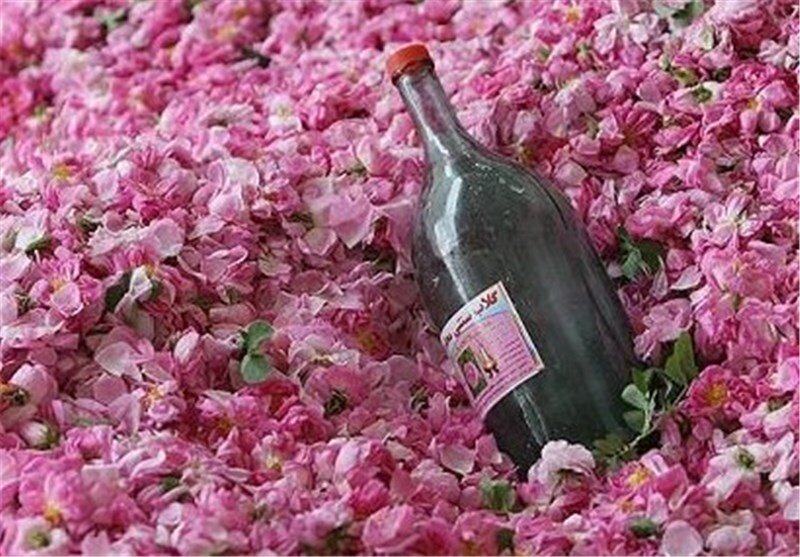Niasar rosewater festival begins after two-year lull

TEHRAN – On Friday, Niasar began its 19th edition of the rosewater distillation festival after a two-year pause due to COVID restrictions, a local tourism official has said.
Following two years of restrictions due to the outbreak of the coronavirus that caused most ceremonies and festivals in this region to be canceled, the traditional rose-picking ceremony and rosewater festival resumed this year, Ahmad Danainia explained, CHTN reported on Saturday.
At this time each year, tens of such events take the center stage in oasis cities, towns, and villages of central Iran where participants enjoy the spirit of full-bloom flower farms.
Golab or rosewater is obtained from a particular kind of Rose, known as Mohammadi roses in Iran. Harvesting flowers seems to be the most important part of the process. They should be picked from dawn through morning very carefully. The petals are put into massive copper pots and boiled, and then the extracted water is kept in special bottles. The longest the distillation is, the better will be the quality of the rosewater.
Golab is used nationwide in diverse traditional dishes to flavor them or consumed as a religious perfume as well. The holy month of Ramadan is one of the bestselling months for the product.
The distillation of flowers and herbs has a deep history in Iran. Many believe traditionally distilled rosewater is of higher quality than that produced in factories probably due to shorter time intervals between the harvest and distillation practices.
Harvesting damask rose flowers is somewhat intensive work. It is mostly performed from dawn through the morning. Delay in harvesting or transport to distillery results in decreased essential oil quantity and quality.
To extract the rosewater people first amass their petals to put them into the massive copper pots. Then the pots are put on traditional ovens made from bricks, stones, and mud.
Almost every 30 Kg of rose petals plus 80 liters of water is poured into each pot that is connected to metal pipes for the steam moving through to obtain the hydrosol. The waste of distillation is used for feeding livestock or composting.
ABU/AFM
